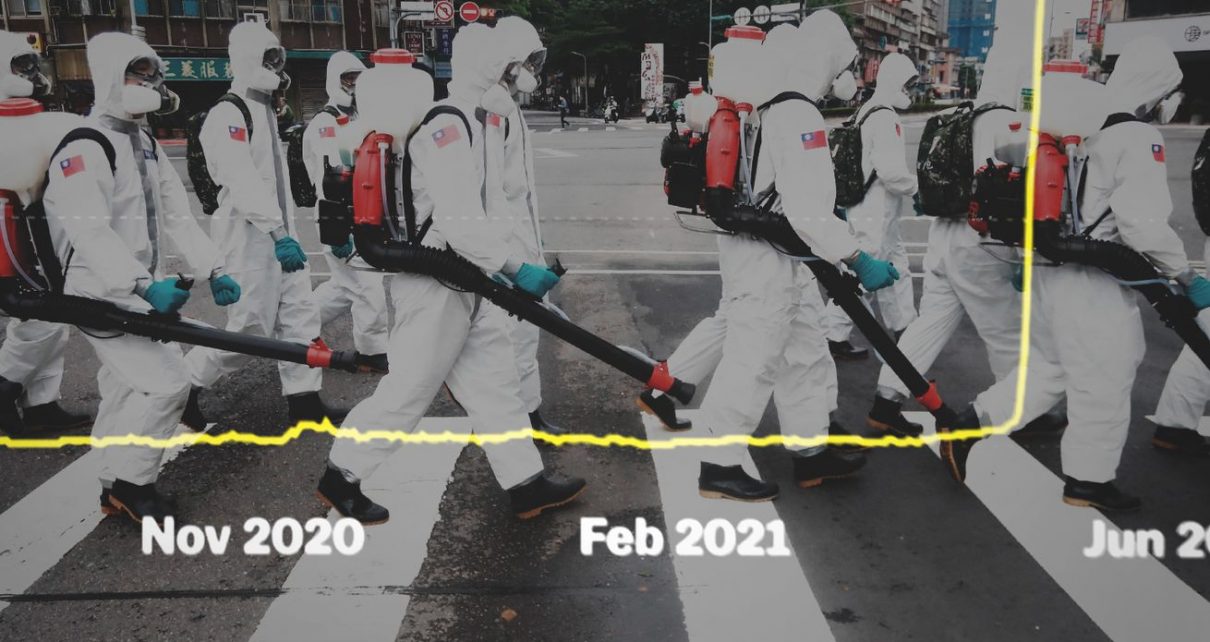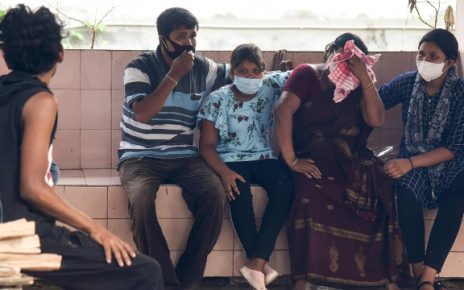
The next pandemic is coming. Here’s what we can learn from Taiwan’s efforts to fight it.
In December 2019, Taiwan‘s government learned that at least seven atypical pneumonia cases had been reported in Wuhan, China. Because of Taiwan’s proximity to China and the number of back-and-forth flights between the two countries, it was expected to have the second-highest number of Covid-19 cases worldwide.
Instead, Taiwan has had one of the lowest Covid-19 death rates in the world. Thanks in part to a sophisticated, digitized health care system and a mandatory two-week quarantine for all travelers, life in Taiwan went on with relative normalcy. But then, in May 2021, a new wave of cases threatened the country’s success.
So how did Taiwan, the ninth-most densely populated nation in the world, avoid a more severe spread of a highly contagious virus for so long? And what lessons can be learned from its response to the outbreak?
This video was made possible by a grant from the nonprofit Commonwealth Fund as part of our Pandemic Playbook series. In this project, Vox explores the successes — and setbacks — of pandemic strategies in six nations, talking to the leaders who conceived them, the workers who executed them, and the citizens they affected. (Read our full coverage here.)
You can find this video and all of Vox’s videos on YouTube.




